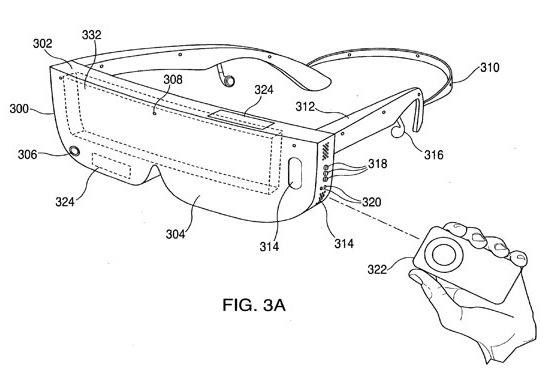Apple AR Glasses Possibly Confirmed By A Leaked Report
Did Apple's augmented reality prototype accidentally injure one employee's eyes? That's one potential explanation being juggled for a mysterious incident report at the iPhone company, after a cache of such filings were inadvertently leaked. The handiwork of an Environment Health and Safety contractor, the document was presumably intended for internal eyes only, but was mistakenly distributed first among employees and then snuck out to Gizmodo.
If you've ever read through an incident report in your own workplace – or, worse still, had to file one yourself – then you'll know already that they generally don't make for especially entertaining reading. Sure enough, the maladies and mishaps affecting Apple staff seem no different, for the most part, from what occurs in any large organization. One employee smelled what she suspected were leaking Apple Pencil batteries; another burned their hand while pulling hot fish from an oven.
However, there's at least a couple of tidbits in there which have got the rumor mill all worked up. A February 21 incident at Apple's De Anza site affected the vision of someone in a user study, for instance, while testing out an unspecified prototype device. Whatever the gadget was, it apparently relied on using lasers near the eyes:
"After BT4 user study, user advised study lead, that she experienced discomfort in her eye and said she was able to see the laser flash at several points during the study. Study lead referred her to optometrist and secured prototype unit for analysis" Apple incident report
Another report, filed a few weeks later on March 2, could well be connected to the same project, though of course that's not made clear in the document and the issue took place at a different Apple location. "Employee reported eye pain after working with new prototype, thought it may be associated with use," the filing reads. "He noticed that the security seal on the magenta (outer) case had been broken and had thought the unit may have been tampered with."

The speculation is that this testing was connected with Apple's work on augmented reality (AR). Although the company is traditionally coy about revealing what projects it's working on – the significantly reworked new Mac Pro notwithstanding – CEO Tim Cook has previously voiced his enthusiasm for AR. Indeed, earlier this year Cook suggested that the technology could end up as big as the iPhone.
Apple is known to have made investments in AR technology, including acquiring startups in the business. So far, though, we've seen only software implementations. Apple Clips, the recently released mobile video editing app, uses AR among other things to overlay digital graphics onto real-world photos and footage.
The expectation, however, is that the company is also working on some sort of AR wearable, most likely a headset or pair of augmented reality glasses. There are several possibilities as to how the lasers mentioned in one of the incident reports might be involved in that, depending on the technologies Apple is using.
For instance, laser projection – where graphics are created directly on the eye using a system of targeted laser light – has been used by several companies wanting to make a daylight-visible UI. Another alternative, and possibly a more likely one, is laser eye-tracking. That relies on using lasers to monitor eye movement in real-time, so that the wearer's direction of gaze can be calculated.
Such a system would be able to figure out what the user was looking at and potentially control a user-interface that way. It would likely work in conjunction with transparent displays; reports earlier this year suggested Apple was working with Carl Zeiss on such technology. Other uses for eye tracking include foveated rendering – used, notably, by VR headset maker FOVE, which Samsung invested in last year – which prioritizes the area of the scene being looked at for the maximum GPU power, downscaling the resolution of the periphery where it won't be noticed. That's expected to have significant impact on how good mobile graphics look, but also on power consumption, an essential consideration for what's expected to be a mobile device.
Of course, these unfortunate incidents could be about something else entirely. Apple has in the past patented designs for virtual reality goggles as well as wearable headsets that, akin to the Samsung Gear VR, rely on docking an iPhone in for use as the display.
SOURCE Gizmodo
